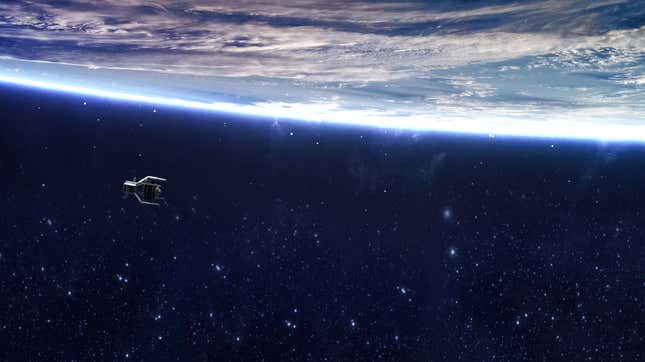
In a sad case of debris-on-debris crime, a defunct payload adapter that was chosen as the subject of a space debris cleanup mission was itself hit by a piece of space junk.
First Full-Color Images From Webb Space Telescope
The VESPA payload adapter has been floating in Earth’s orbit following the launch of a Vega rocket in 2013, adding to the thousands of pieces of space junk that currently surround our planet. On August 10, the European Space Agency (ESA) was informed by the United States 18th Space Defense Squadron that new pieces of debris were spotted within the vicinity of the VESPA adapter, suggesting that the object broke up into smaller pieces due to a collision with another piece of space debris.
After a decade in orbit as a useless piece of space junk, VESPA was on the verge of serving a final purpose as the target of ClearSpace-1—a claw-like spacecraft designed to grab space junk and fling it into Earth’s atmosphere to burn up. The European mission is slated for launch in 2026, and was meant to rendezvous with VESPA in order to test the new junk removal technology in space.
“The development of the ClearSpace-1 mission will continue as planned while additional data on the event is collected,” ESA wrote in a statement. “ESA and industrial partners are carefully evaluating the event’s impact on the mission.”
The double debris collision is not just ironic, but also highlights the growing issue of space junk in Earth’s orbit. More than 27,000 pieces of orbital debris are currently being tracked by the Department of Defense’s global Space Surveillance Network, with lots of smaller pieces also floating around undetected. That number is expected to increase as the global space industry continues to grow, launching more spacecraft to orbit and thereby increasing the chances of collision around our planet.
For more spaceflight in your life, follow us on Twitter and bookmark Gizmodo’s dedicated Spaceflight page.






